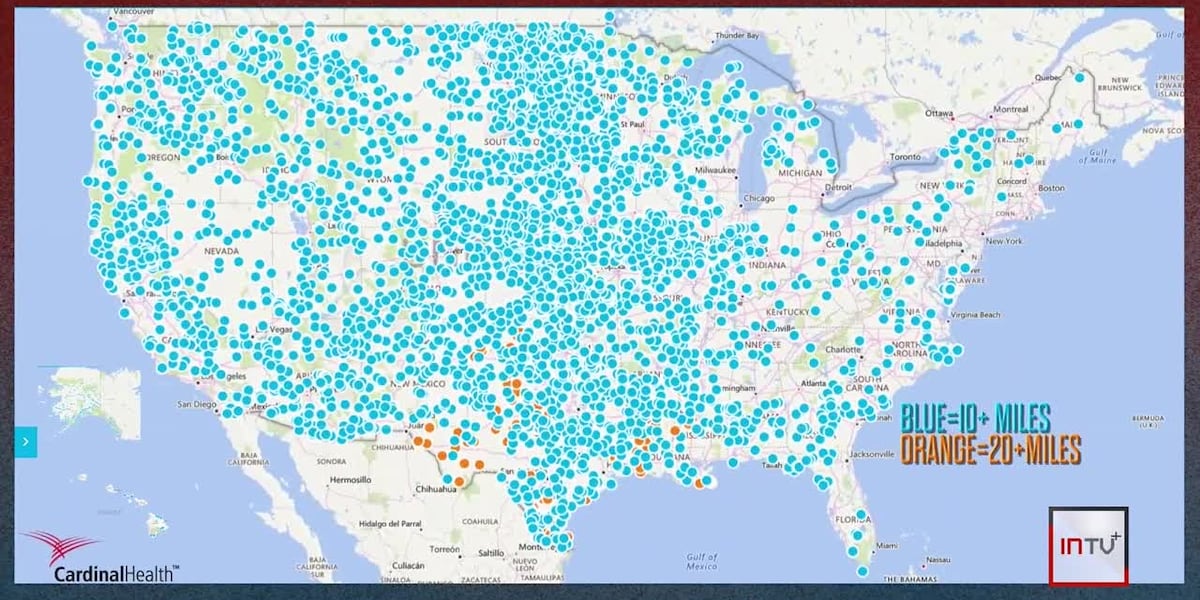Pharmacy Deserts: How Half of US Counties Are Leaving Patients Without Critical Medical Access

A groundbreaking study from Ohio State University has revealed a startling healthcare accessibility challenge across the United States. Researchers discovered that nearly half of all counties in the nation are grappling with what experts call "pharmacy deserts" - areas where residents face significant obstacles in accessing essential medications and pharmaceutical services.
These pharmacy deserts are characterized by a complete absence of drug stores within a ten-mile radius, creating substantial barriers to healthcare for millions of Americans. The study highlights a critical gap in pharmaceutical infrastructure, particularly impacting rural and underserved communities.
The implications of these pharmacy deserts are profound, potentially compromising residents' ability to obtain necessary prescriptions, over-the-counter medications, and critical health consultations. For many individuals, especially those with limited transportation options or mobility challenges, this lack of nearby pharmacies can translate into serious health risks and reduced medical care accessibility.
As healthcare accessibility continues to be a pressing national concern, this research underscores the urgent need for strategic interventions to address pharmaceutical service disparities across different regions of the country.
